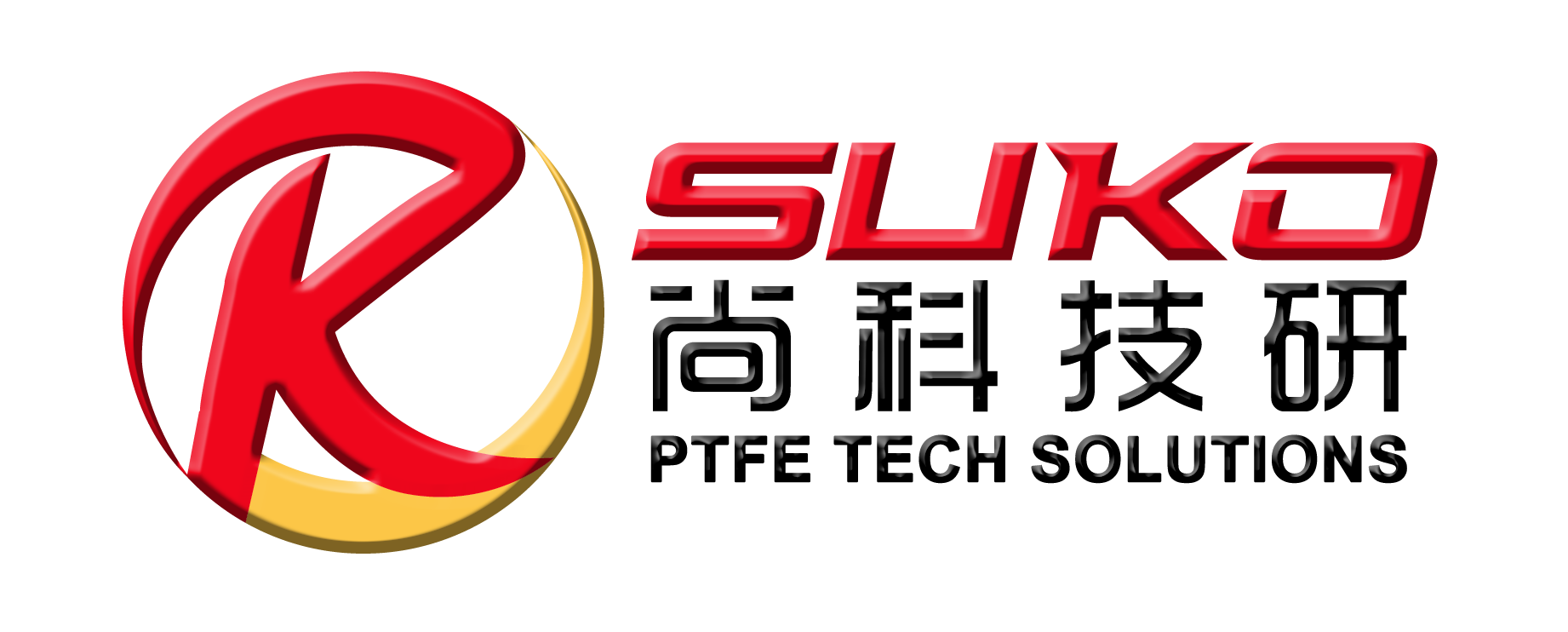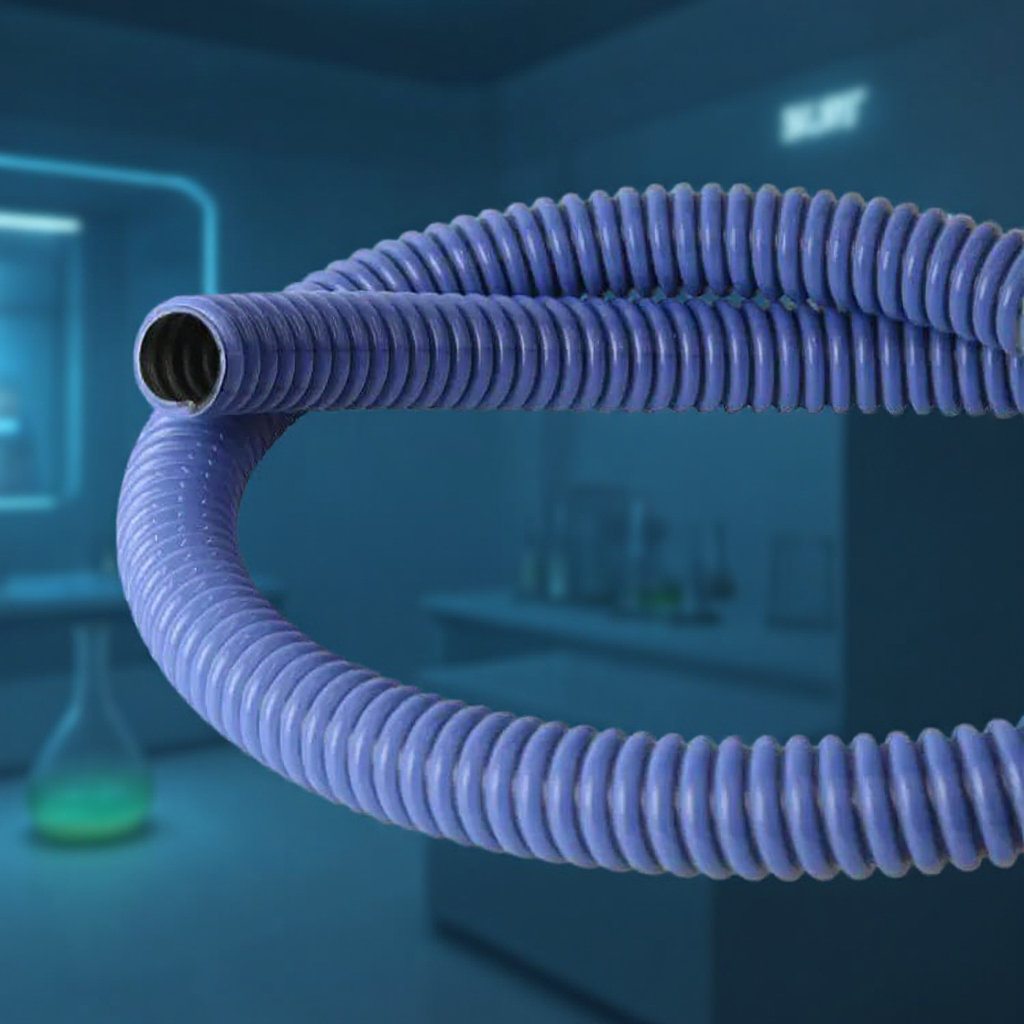If you’re dipping your toes into chemical handling as a newbie researcher, you’ve probably already spotted some red flags like static zaps or hoses rusting away. As a product whiz at SUKO with years under my belt tweaking and testing hoses for tough jobs, I’ve seen these headaches firsthand in labs and plants. Let’s talk straight about 10 common chemical transfer challenges that crop up, and how a solid Conductive PTFE Convoluted Hose can knock them out. No big technical mumbo-jumbo – just real talk on dodging risks and keeping things smooth.
These aren’t small potatoes; they can turn a simple transfer into a nightmare. Take it from reports by the U.S. Chemical Safety Board – between 1995 and 2020, they investigated over 160 incidents in chemical processes, with many tied to equipment failures like leaky or sparking hoses, causing injuries or worse. In 2022 alone, OSHA logged thousands of citations for hazardous chemical exposures. Scary stuff, huh? But chill, we’ll walk through fixes with antistatic hose solutions and convoluted hose benefits, drawing from real apps we’ve handled at SUKO. Our Premium Conductive PTFE Convoluted Hose for Chemical Transfer is designed with that inner conductive layer to ditch static and a twisty convoluted shape for flex without fails, all wrapped in PTFE for killer chemical resistance.
Why Chemical Transfer Challenges Hit Hard for Newbies
If you’re early in the game, eyeing dangers like static buildup and corrosion in chemical handling, good on ya for being proactive. These sneak up in tight lab spaces or pilot plants, where a spark could ignite vapors or corrosion leads to drips that mess up experiments. Data from the European Chemicals Agency shows static electricity sparked about 25% of dust and vapor explosions in facilities from 2010-2020. And corrosion? It chews through billions in gear yearly, per NACE International estimates at $2.5 trillion globally in 2013, adjusted higher now. But antistatic hose solutions cut that drama, building confidence in your setup so you can nail the research without side worries.
Alright, let’s jump into those 10 challenges. I’ll mix in how conductive PTFE hose perks help, like that flexible ridged design making moves easier.
Challenge 1: Static Piling Up and Sparking Trouble
Ever get that shock from shuffling on carpet? Same deal but way riskier with chems flowing fast in hoses – static builds, and poof, sparks near flammables.
A conductive PTFE hose zaps that away with its built-in grounding strip, letting charges flow harmlessly to ground. No more fire risks. We had this one setup in a coatings factory (keeping names out) where static kept causing minor flashes during solvent pumps; after they grabbed our hose from SUKO, incidents dropped flat to none over 18 months. Swing by our site for deets: https://www.sukoptfe.com/.
Challenge 2: Corrosion Eating Through Your Gear
Harsh chems like acids or alkalis gnaw at hoses, leading to thin spots, leaks, and early swaps.
PTFE’s chemical resistance is the hero here – it shrugs off most corrosives without blinking. The convoluted style adds extra oomph, with ridges spreading stress so it lasts longer. A contact in an agrochem lab shared how their metal hoses corroded in weeks; ours held strong for seasons.
Challenge 3: Pesky Leaks and Spills Everywhere
Hoses crack from vibes or bad connections, spilling chems that slip folks up or contaminate batches.
These convoluted hoses flex and seal better, hugging fittings tight even with shakes. Throw in the conductive bit for safe static control if a drop escapes. In food-grade chem transfers we’ve seen, it kept lines clean and spill-free, no cross-mixes.
Challenge 4: Stiffness in Cramped Spots
Rigid hoses kink when you try bending them around gear or in tight corners, blocking flow.
Convoluted hose benefits kick in with that springy spiral – bends sharp as you need without crimps. Picture routing it under benches in a uni lab; our team helped a group do just that, no snags.
Challenge 5: Wild Temp Swings Cracking Things
Chems run hot or cold, making hoses brittle or melty at extremes.
PTFE nails temps from -200°F up to 500°F, keeping flexible. Conductive versions hold that range while ditching static. Great for hot solvent lines or cryo stuff – no surprises.
Challenge 6: Pressure Spikes Blowing Out Hoses
Sudden pumps or blocks spike pressure, bursting weak spots and spraying everywhere.
Our hoses pack high burst ratings thanks to braids, and the conductive layer doesn’t weaken it. OSHA’s 2023 data flags pressure fails in many incidents – skip that with beefy builds.
Challenge 7: Hoses Contaminating Your Pure Stuff
Materials flake off or react, tainting sensitive chems in research.
PTFE stays inert and slick – no leaching, easy rinse. The convolutions help flush gunk too. Perfect for pharma preps where purity’s king.
Challenge 8: Wear from Dragging and Rubbing
Hoses get scraped on floors or edges in busy spots, thinning out fast.
Tough outer weaves fight abrasion, and ridges cushion impacts. Holds up in rough handling better than smooth ones.
Challenge 9: Kinks Cutting Off Flow
Bends fold hoses shut, backing up pressure till something gives.
That convoluted shape stops kinks cold – flows steady even twisted. Huge for mobile carts or dynamic rigs.
Challenge 10: Mismatched Chems Swelling or Dissolving Hoses
Not every hose plays nice with all substances, leading to swells or melts.
PTFE’s broad chemical resistance covers tons – we’ve charted it against common ones at SUKO.
Here’s a handy table to wrap your head around it quick:
| Challenge | Fix from Conductive PTFE Convoluted Hose |
|---|---|
| Static Buildup | Grounds charges via conductive inner layer, no sparks. |
| Corrosion | PTFE material stands up to acids, bases without degrading. |
| Leaks | Flexy convolutions adapt for leak-proof seals. |
| Stiffness | Spiral design bends easy in tight areas. |
| Temp Swings | Handles -200°F to 500°F without issues. |
| Pressure Spikes | Reinforced for high pressures, no bursts. |
| Contamination | Inert surface keeps chems pure, no flakes. |
| Wear | Abrasion-resistant cover lasts through rough use. |
| Kinks | Convolutions prevent flow blocks on bends. |
| Chem Mismatch | Wide compatibility with most industrial chems. |
Easy to scan, right? Now, on the ground level – think of a startup biotech handling ethanol mixes. Static was their bogeyman, sparking tiny ignitions; post-switch to our antistatic hose solutions, ops ran glitch-free for years. Or a dyes plant battling corrosive mixes – hoses dissolved monthly before, but PTFE flipped that to yearly tweaks. These pull from patterns in reports like those from the American Institute of Chemical Engineers, where equipment upgrades slashed incidents by 40% in similar cases.
Sharing Some Real-World Wins and Tips
Drawing from our time at SUKO crafting these hoses, we’ve got the chops – think decades of tweaking formulas and testing in real plants. It’s not hype; our stuff meets ISO specs and more. If you’re catching these risks early, a trusty hose like this prevents escalations, letting you experiment worry-free.
Time to Upgrade Your Game?
If any of this rings a bell, poke around our Conductive PTFE Convoluted Hose. It’s top-shelf for chemical transfers. Shoot an email to info@sukoptfe.com for quotes, or pop over to our contact spot at https://www.sukoptfe.com/contact/. Let’s hash out what fits your setup – casual chat, no strings.
FAQ
Why worry about static in chem hoses anyway?
It piles up from fluid friction, risking fires around vapors. Conductive PTFE hoses dump the charge safely – must-have for volatile stuff in labs.
How can I check if a hose resists my chems?
Look up material charts vs. your list. PTFE covers a bunch; we at SUKO toss in guides to match ‘em up right.
Do convoluted hoses clean tougher than straight ones?
Not really – the grooves actually swirl out junk faster sometimes. Rinse with safe solvents, and they’re spotless. Users tell us it’s simpler than expected.
Post time: Aug-29-2025


